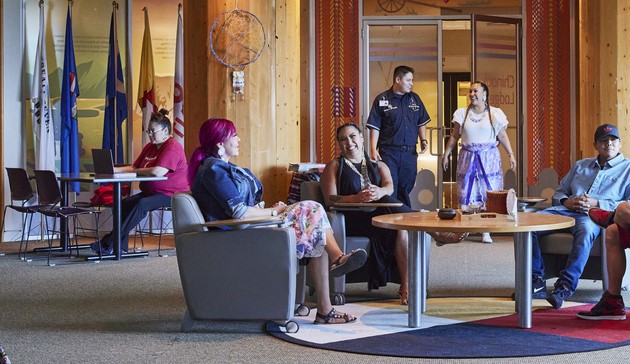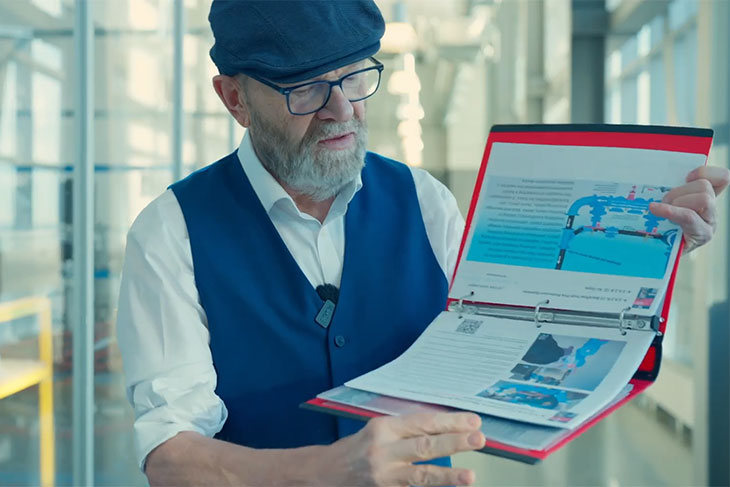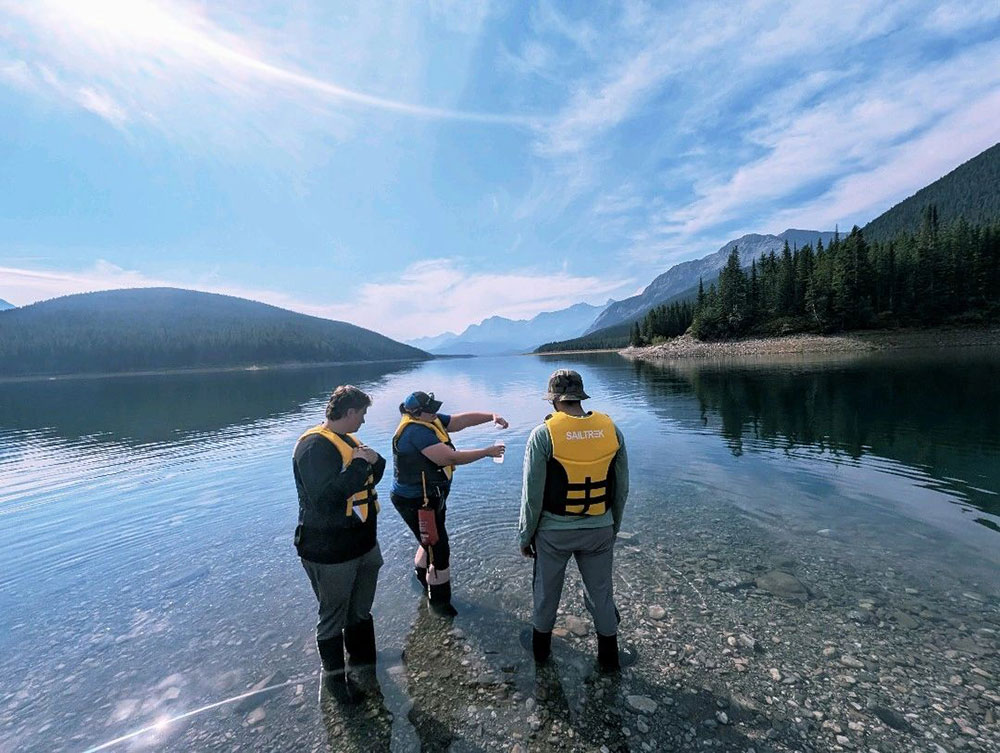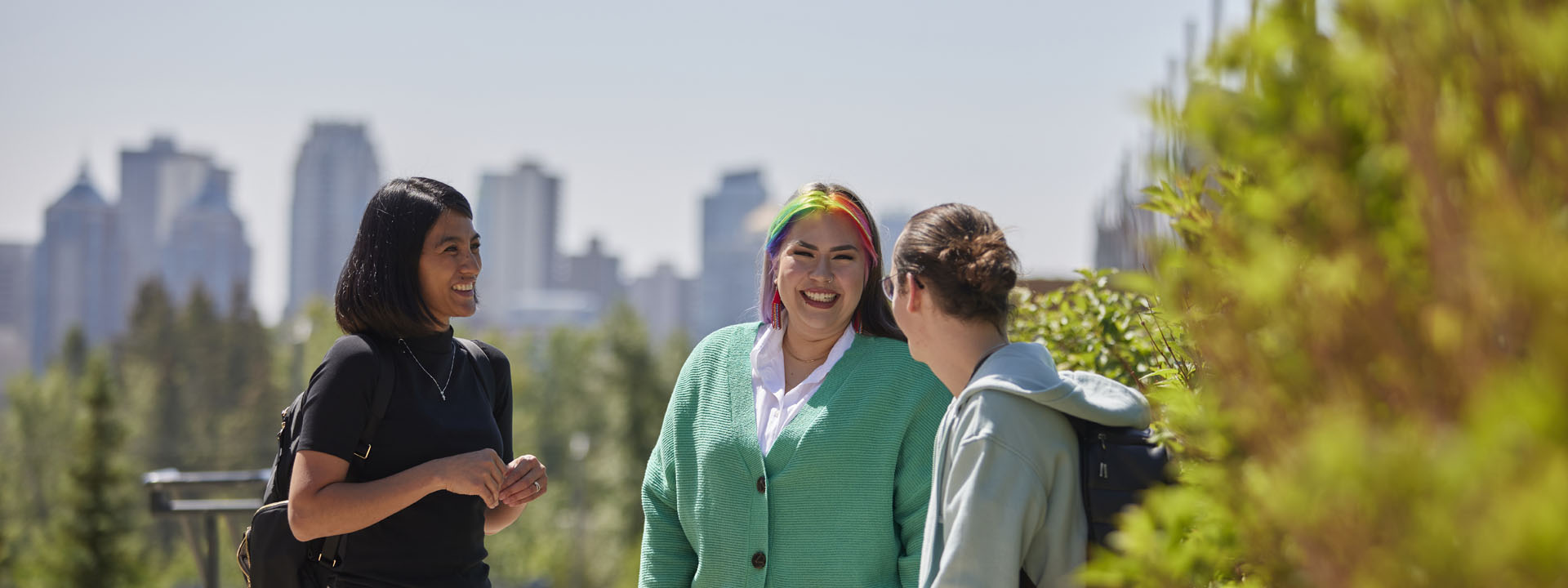Indigenous Student Support Centre
Located on the main floor of the Senator Burns Building, Natoysopoyiis is a place for Indigenous learners at SAIT to:
- find career, program and academic support
- get assistance with financial aid and housing
- meet with Elders for cultural and spiritual advising
- participate in events, network and more.

Indigenous Pathways program
This three-semester, 12-month program begins at the Grade 9 level and ends with your completion of Grade 11 and 12 courses.
Indigenous Foundations program
Grow your confidence in math, English and digital/financial literacy skills, with a focus on Indigenous literature and readings.
Indigenous orientation
SAIT honours the diverse cultures and recognizes the unique needs of Indigenous learners and has organized an Indigenous student orientation led by Natoysopoyiis (nah-toy so-po yees) – our on-campus Indigenous student support centre.
Awards, scholarships and bursaries
Get help accessing financial support from the government, private and community organizations.
Funding options for Indigenous students
As an Indigenous learner, you have access to a number of funding options to help you during your time at SAIT!
Supports for Indigenous students
If you're an indigenous student, you have access to numerous support services, both mental and spiritual. If you're feeling down or school is really taking a toll, there are supports in place for you.
Indigenous convocation
SAIT’s Indigenous graduation celebration acknowledges the academic achievements of Indigenous students.
Indigenous youth
Our programs offer youth authentic, engaging, and meaningful learning experiences.
Who is an Indigenous learner?
Indigenous identity refers to whether the person reported identifying with the Aboriginal peoples of Canada. This includes those who reported being an Aboriginal person, that is, First Nations, Métis or Inuit and/or those who reported Registered or Treaty status, that is registered under the Indian Act of Canada, and/or those who reported membership in a First Nation band. Indigenous peoples of Canada are defined in the Constitution Act, 1982, Section 35 (2) as including the First Nation, Inuit and Métis peoples of Canada.Being able to sit and talk and engage with other Indigenous people helped me reconnect with something that I knew was missing in my life,” he says. “For me, going into the Lodge reminded me of [being at] my Kokum’s; my grandmother's — the smell of sage and sweet grass — this is a place of gatherings and a place of peace.
Keith Driver
What's happening #HereAtSAIT

Cadmus Chair uses 3D to bring plumbing code to life
Instructor Fred Bretzke has created a 3D enhanced supplement to the 2020 National Plumbing Code appendix.

Celebrating inspiration and excellence with our Fall 2025 valedictorians
SAIT graduates are preparing to embark on a new journey, but first they have a stage to cross and credentials to receive at next week’s convocation

Five days in photos: Integrated Water Management field school
When your classroom looks like time well spent in beautiful Kananaskis Country.
Upcoming events
Contact us
Natoysopoyiis
NN 108, Senator Burns Building, SAIT Main Campus
-
Phone - 403.210.4028
-
Phone - 403.210.4524 (fax)
-
Email - natoysopoyiis@sait.ca
-
Monday - Thursday | 8:30 am - 4:30 pm (4 pm on Fridays)

Oki, Âba wathtech, Danit'ada, Tawnshi, Hello.
SAIT is located on the traditional territories of the Niitsitapi (Blackfoot) and the people of Treaty 7 which includes the Siksika, the Piikani, the Kainai, the Tsuut’ina and the Îyârhe Nakoda of Bearspaw, Chiniki and Goodstoney.
We are situated in an area the Blackfoot tribes traditionally called Moh’kinsstis, where the Bow River meets the Elbow River. We now call it the city of Calgary, which is also home to the Métis Nation of Alberta.
